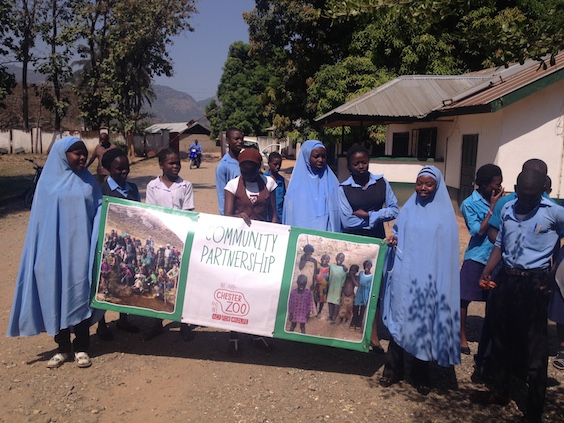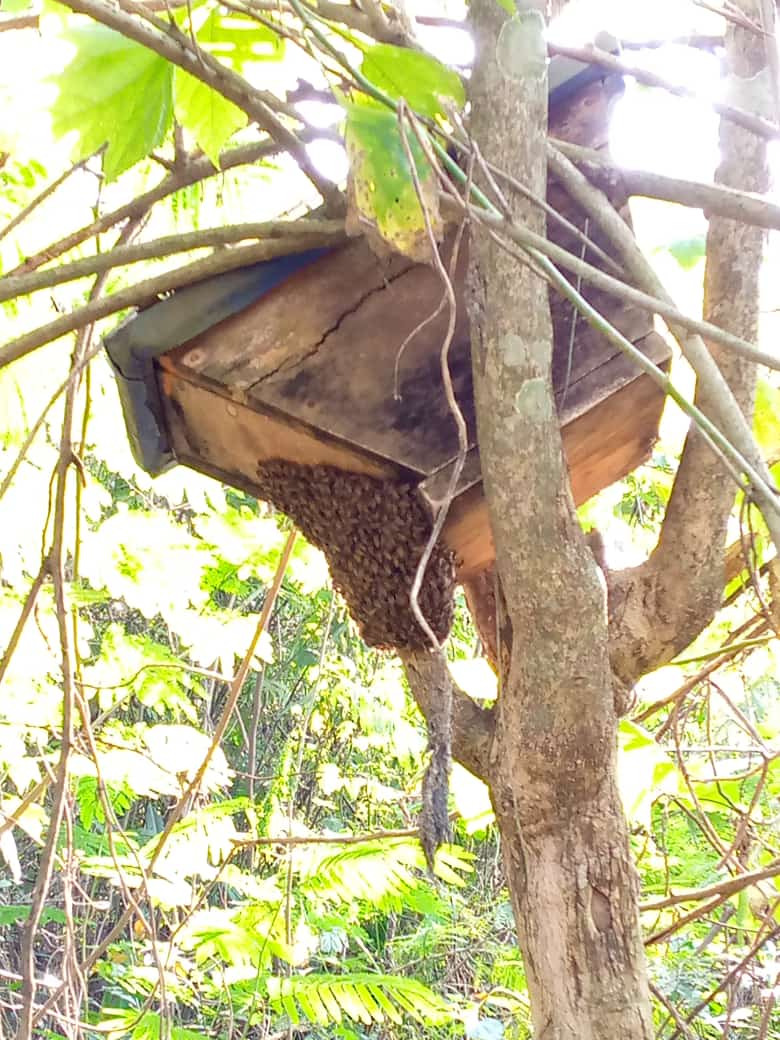
By Lawal Sani Kona
The central to southeastern part of the Nigeria Cameroon border is a neighbourhood of impressive conservation projects. Beginning from Central Cameroon’s Faro national park, this is geographically juxtaposed along Nigeria’s Gashaka-Gumti. Further south are the Nigerian Cross river National park which lies alongside Cameroon’s Korup national Park.
Apart from these parks, the area accommodates conservation projects such as Nigeria montane forest project at Ngelyaki on the Mambilla Plateau, Nigeria Conservation Foundation Buru project, and the Kashimbila Game Reserve.
Apart from The Nigeria Montane Forest Project, and the Nigeria conservation foundation’s Buru project, Most of the remaining projects are government funded. As is often the case, budgets in the developing world often tend to prioritize immediate human needs.
Conservation with its resource enriching intent is seen as an object with a distant, very distant benefit. Whenever choices are to be made, conservation, as far as most governments in our part of the world are concerned, should be the item to wait. The result is serious under funding of national parks as is the case with Nigeria today.
To an extent, that is what leads to the Park-human community development freeze. Government underfunds and the park is underdeveloped to attract active tourism that could have stimulated commercial activity in such enclaves. The result is gradual isolation for such communities and a gradual alienation from the development of their peers outside such communities.
Something happened early this year at Nigeria’s Gashaka Gumti National Park, an event that brought the world of conservation and sports to attempt a solution to this traditional developing world conundrum.
Dr Buba Umar Fomi, a young man that rose from a student intern in the year 2000 to Project Manager of Gashaka Primate Project observed the decadent social situation of many park communities. While working as the Project Manager of the Gashaka Primate Project, Umar felt something needs to be done.
In the Chester zoo’s Gashaka biodiversity project Umar saw the opportunity of addressing this anomaly. He described his idea as ‘balancing the equation in conservation’. Through it, he thought of the need to make the communities appreciate conservation better without losing patience of waiting out the better days that may only be seen in another generation. What is needed according to Umar is an intervention in the area of education, health, and the provision of basic social amenities.

So connecting up with Scott Wilson head of Chester Zoo’s field programmes, Everton football club was approached, under the banner of Chester zoo’s act for wildlife project and Everton accepted to raise a good part of the needed fund.
To seal this deal for conservation, Gashaka town went celebratory, first with an act for wildlife awareness march, a football match between an Everton jersey-adorning Park Rangers side and the town team. In another match Rangers wives ranged themselves against the wives of soldiers from the nearby army formation. In between the well-attended football match, conservation messages were passed through park officials, and community leaders.
This provision of human face to conservation is seen as the best way to bring communities along. We should try and pursue first the education of the children of these communities in all earnestness, while making job opportunities available to them. Such opportunities should be geared towards an entrepreneurial independence.











